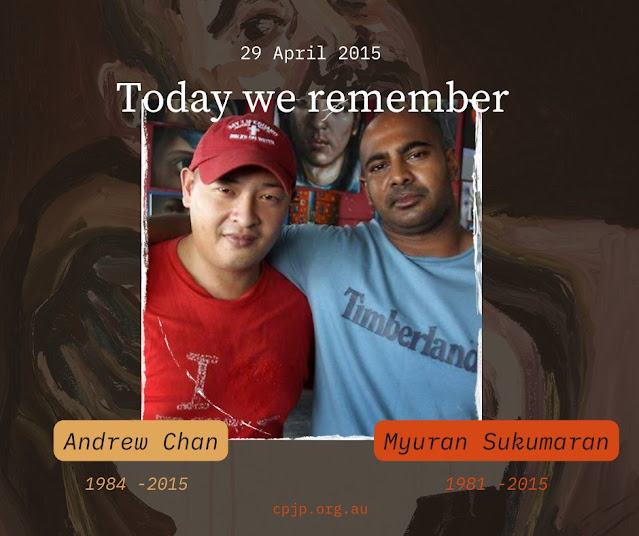UPDATE:
This execution has been rescheduled to November 2021 -- DPN.
Ramiro Felix Gonzales is scheduled to be executed at 6 pm local time, on Tuesday, April 20, 2021, at the Walls Unit of the Huntsville State Penitentiary in Huntsville, Texas.
38-year-old Ramiro is convicted of the murder of 19-year-old Bridget Townsend on January 15, 2001, in Bandera, Texas.
Ramiro has spent the last 14 years on Texas’ death row.
While pregnant with him, Ramiro’s mother allegedly used drugs and then abandoned him after his birth. Ramiro was primarily raised by his grandmother and was allegedly sexually abused by a male relative. He dropped out of school after the seventh grade and was using drugs and alcohol regularly by the age of 12. Prior to his arrest, he worked as a welder and a fence builder.
In 2003, Ramiro Gonzales was in Bandera County jail awaiting transport to a prison, after being convicted of abducting and raping a woman.
While waiting, Gonzales asked to speak with Sheriff James MacMillian. Gonzales told the Sheriff that he had information about Bridget Townsend, a teenager who had disappeared two years earlier.
Initially, the Sheriff did not believe Gonzales, but when Gonzales offered to take the Sheriff to the location of Bridget’s body, the Sheriff became interested.
Sitting in the passenger seat, Gonzales directed the Sheriff to a ranch where Gonzales lived with his family, but they did not stop at the ranch. They continued driving over jeep trails to a remote cedar-covered hillside.
Gonzales, the Sheriff, and a jail administrator exited the vehicle. During the 100 yard walk to Bridgett’s remains, Gonzales described the jewelry she had been wearing, wear she had been standing when he shot her, and where he had put the body.
A human skull, along with other bones, were found close to the location where Gonzales claimed to have shot her. The bones had been slightly scattered by wildlife.
During the drive back to the jail, Gonzales gave conflicting stories about the night when Bridget was shot. Initially, Gonzales blamed the Mexican Mafia and Bridget’s boyfriend, Joe Leal, saying they hired him. Then he claimed that he and Joe had agreed to kill Bridget.
The conflicting stories continued once they returned to the jail.
Finally, Gonzales confessed that all his previous stories were lies and that he was solely responsible for Bridget’s death. This version, for which he gave a signed confession, matched the evidence that was discovered during the investigation.
Joe Leal had been Gonzales’ drug dealer. On January 14, 2001, Gonzales had phoned Joe’s house to obtain more drugs. Bridget answered the phone, saying Joe was at work. Gonzales, knowing Bridget was at the house, decided to drive over and steal some cocaine. Gonzales pushed his way past Bridget after she answered the door. He continued to ignore Bridget while her stole between $150 and $500 in cash.
When Bridget began calling Joe, Gonzales dragged her into a bedroom and tied her up. He asked if Joe had any drugs in the house. When she responded negatively, he took her out to this truck, pausing to turn out the lights so that they would not be spotted. Gonzales drove back to the ranch, stopping to pick up his grandfather’s .243 caliber deer rifle.
Gonzales confessed that he had planned to shoot Bridget so that no one would know he had robbed Joe, nor that he had kidnapped Bridget.
Gonzales drove Bridget to the spot where her remains were later found. Gonzales forced Bridget to walk towards the brush as he began loading the rifle. Bridget promised money, drugs, or sex if Gonzales would spare her life.
Gonzales unloaded the weapon, and took her back to the truck to assault her; after which, he, again, took her into the brush and shot her.
Gonzales then returned home and interacted with his family as though nothing was wrong. He had returned to the weapon to where he retrieved it and flung the empty shell casing away from the house.
Gonzales also denied, multiple times, seeing Bridget that night or visiting Joe’s house.
During Gonzales’ trial, a woman who he had kidnapped and raped, testified that she believed she would have been killed if she had not managed to escape.
This is not Ramiro Gonzales’ first scheduled execution date. He has had at least two previous executions dates that were stayed for unknown reasons.
Source: theforgivenessfoundation.org, Staff, April 8, 2021
🚩 | Report an error, an omission, a typo; suggest a story or a new angle to an existing story; submit a piece, a comment; recommend a resource; contact the webmaster, contact us:
deathpenaltynews@gmail.com.
Opposed to Capital Punishment? Help us keep this blog up and running! DONATE!
"One is absolutely sickened, not by the crimes that the wicked have committed,
but by the punishments that the good have inflicted." -- Oscar Wilde












